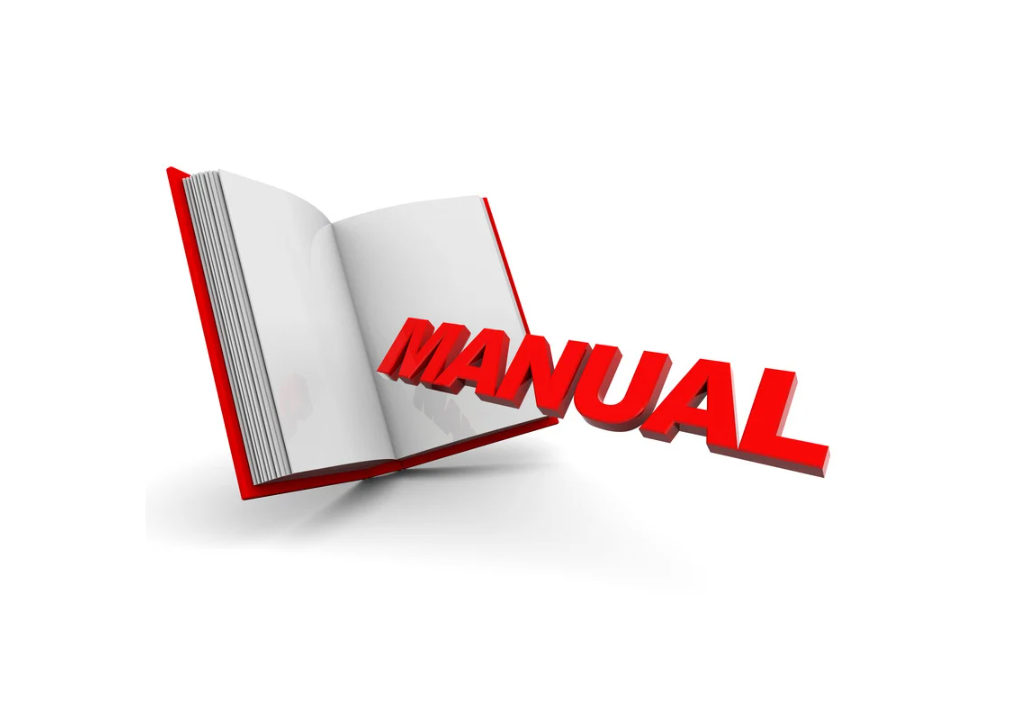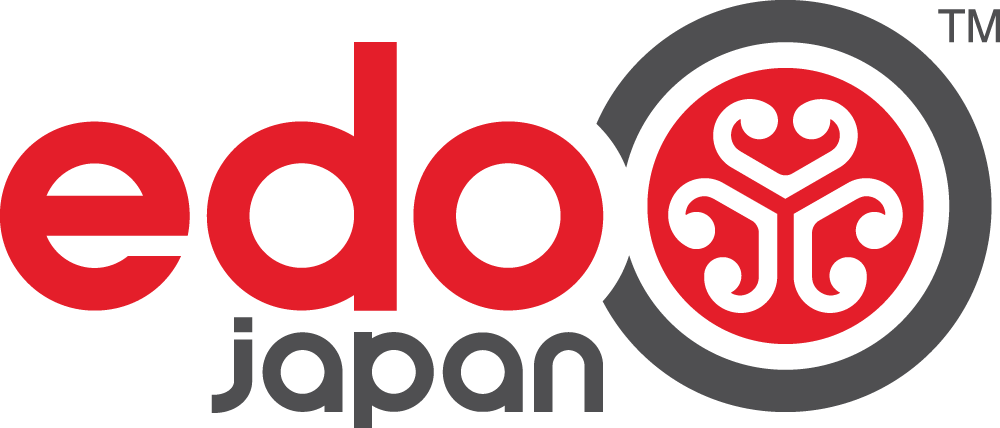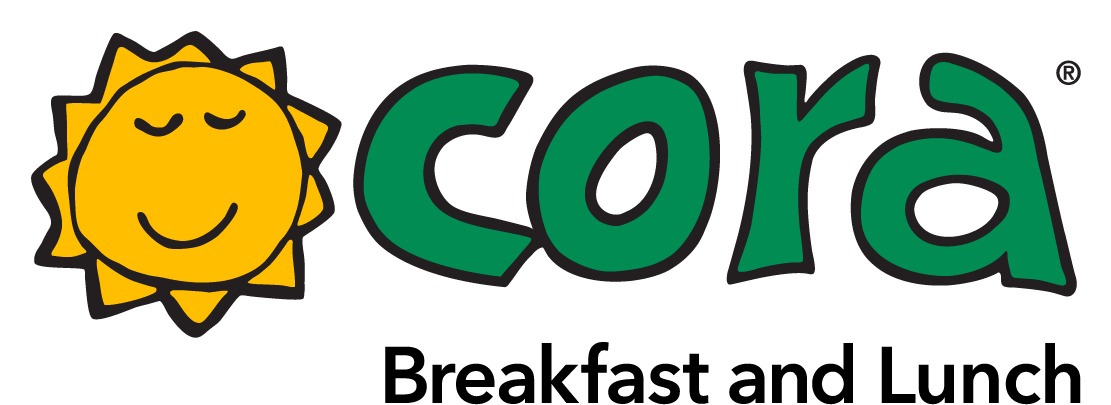A franchise manual is the cornerstone of a successful franchise system. It acts as the blueprint that guides franchisees in operating their businesses consistently, efficiently, and in line with the brand’s values. In Canada, where franchising plays a major role in industries such as retail, hospitality, and services, having a well-structured manual is essential to protect brand reputation and ensure compliance. The manual not only provides operational guidance but also serves as a legal safeguard by outlining responsibilities and expectations. Developing one requires time, attention to detail, and a clear understanding of both business and regulatory frameworks.
Establishing the Purpose of the Manual
Before drafting the franchise manual, franchisors must be clear about its purpose. The manual is not just a collection of instructions; it is a comprehensive resource that defines the way franchisees should represent and operate the brand. In Canada’s diverse market, where customers expect high standards of service, a manual ensures uniformity across locations. By setting out operational standards, the manual reduces errors, strengthens training, and ensures that all franchise partners deliver a consistent customer experience regardless of geography.
Structuring the Content
Once the purpose has been defined, the next step is to organize the manual into clear sections. Typically, a franchise manual includes an introduction to the company’s history and mission, detailed operational procedures, marketing guidelines, human resources policies, technology systems, and financial management practices. In Canada, franchisors also need to account for regional differences, such as language requirements in Quebec and variations in provincial employment regulations. A logical structure makes the manual easy to navigate, allowing franchisees to find guidance quickly when they need it most.
Ensuring Legal and Regulatory Compliance
Canadian franchising operates under both federal and provincial laws, with provinces such as Ontario, British Columbia, Alberta, Manitoba, New Brunswick, and Prince Edward Island having specific franchise legislation. While the franchise manual itself is not a legal contract, it must align with the Franchise Agreement and Disclosure Document to avoid contradictions. Employment standards, workplace health and safety requirements, and bilingual communication in Quebec are just a few areas where franchisors must ensure compliance. Seeking legal review of the manual before distribution can prevent costly disputes and protect the brand’s integrity.
Writing in Clear and Practical Language
A franchise manual should be written in language that is straightforward, practical, and accessible. Franchisees are often business owners with varying levels of experience, so the content must avoid jargon while still being professional and authoritative. Step-by-step instructions, real-world examples, and explanations of why procedures matter help franchisees not only follow guidelines but also understand the reasoning behind them. In Canada’s multicultural business landscape, clarity in communication is especially important to ensure consistent implementation across different regions.
Integrating Training and Support
The franchise manual should be more than a static document; it should function as a training tool and reference guide. In Canada, where the franchise industry is competitive, strong training and ongoing support are key to retaining successful franchisees. By integrating training modules, troubleshooting sections, and best practices, franchisors can create a manual that complements workshops, seminars, and digital training platforms. Updating the manual regularly to reflect changes in technology, consumer trends, or regulations keeps the content relevant and valuable for the entire network.
Conclusion
Creating a franchise manual in Canada is a vital step for any franchisor committed to building a strong and sustainable network. By defining its purpose, structuring it clearly, ensuring compliance with Canadian laws, and writing in accessible language, franchisors can develop a guide that equips franchisees for success. When used alongside robust training and continuous support, the manual becomes more than just a handbook—it becomes the foundation for consistency, brand protection, and long-term growth. In a marketplace where trust and reliability are key, a well-crafted franchise manual is an investment that pays dividends across the franchise system.









